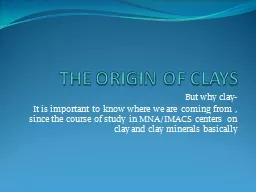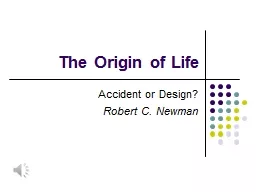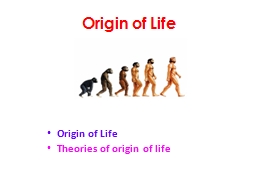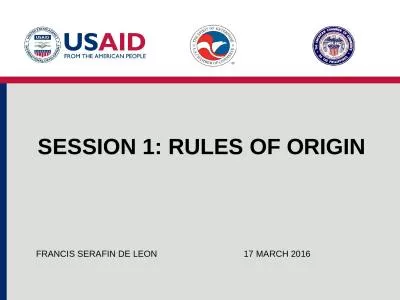PPT-THE ORIGIN OF
Author : mitsue-stanley | Published Date : 2016-03-03
CLAYS But why clay It is important to know where we are coming from since the course of study in MNAIMACS centers on clay and clay minerals basically How are clays
Presentation Embed Code
Download Presentation
Download Presentation The PPT/PDF document "THE ORIGIN OF" is the property of its rightful owner. Permission is granted to download and print the materials on this website for personal, non-commercial use only, and to display it on your personal computer provided you do not modify the materials and that you retain all copyright notices contained in the materials. By downloading content from our website, you accept the terms of this agreement.
THE ORIGIN OF: Transcript
Download Rules Of Document
"THE ORIGIN OF"The content belongs to its owner. You may download and print it for personal use, without modification, and keep all copyright notices. By downloading, you agree to these terms.
Related Documents














